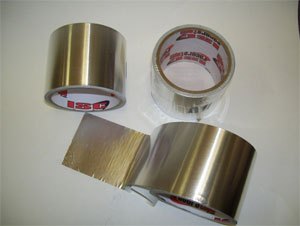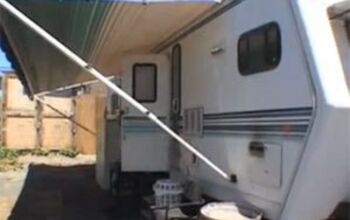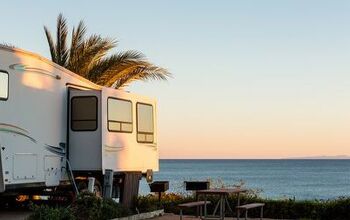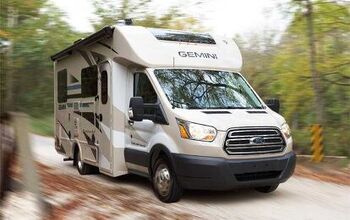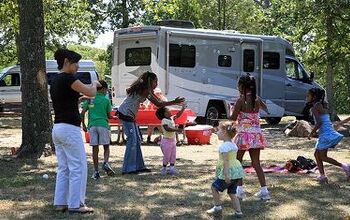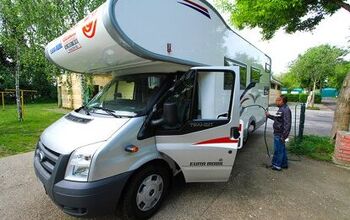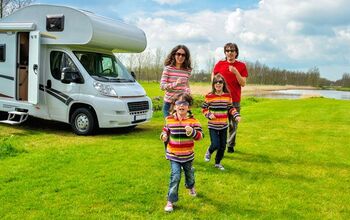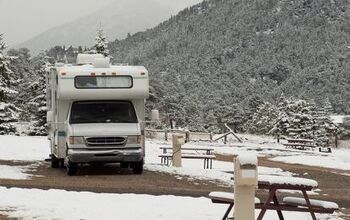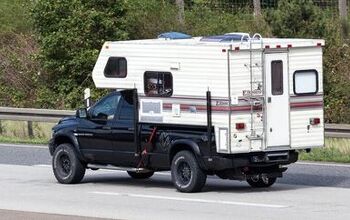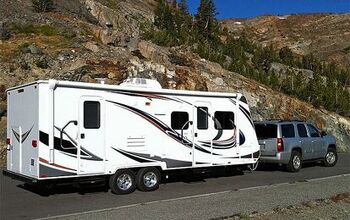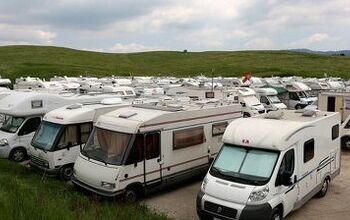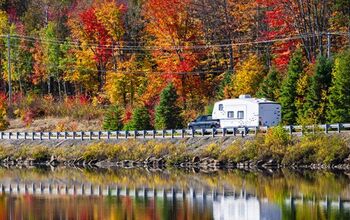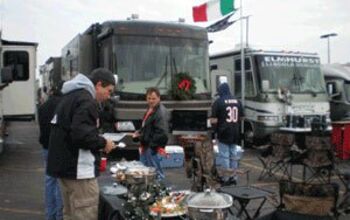You Don’t Have to Put Your RV Away in the Winter
Most recreational vehicle users have historically confined their travel to seasonal and fair weather excursions.
This shift is also being encouraged in part by some dealers and rental agencies and actually several manufacturers do have a long history of building four season towable RVs, and most high end diesel pushers (motorhomes) have always been considered true four season RVs.
If you think you might like to use your RV past the camping season’s traditional comfort zone – be it into fall or winter, or at high altitude where it can drop below freezing even when it’s still comfortable at lower levels – then you will need to take a few extra steps.
Depending on the model year and maker of your RV, you already have some degree of weather protection, but no RV is as prepared for the cold as a residential home. Even “four season” RVs have limited insulation, and some exposed plumbing features. And if your rig lacks an enclosed underbelly, exposure to cold can freeze several areas of your plumbing system.
Also, keeping the RV adequately and safely warm inside without depleting your resources – especially if you’re off the grid, and not hooked up – can be an exercise in ingenuity, planning, and smart energy and water use.
Following are some tips to make it possible to set up camp with minimal complications.
PlumbingConsidering your RV’s several holding tanks, dump valves, and pipes, you will want to examine where freezing weather could cause problems. If you have exposed pipes, and AC power readily available, you can wrap them with heat tape, then cover the taped pipes with foam pipe insulation. Heat tape is available in a variety of lengths and can be thermostatically controlled, but proper installation is required, or you could create a fire hazard.
Holding tanks, if they are enclosed, often have the furnace’s ducts running proximally to keep temperatures above freezing. But this might mean you ought to run the heater. While some recommend against running the heater en route, if you’re on the road in sub-freezing temperatures, it may be the only way to ensure that when you get to your destination your tanks aren’t frozen.
For RVs with exposed tanks, you can affix a heating pad to their undersides. These are also thermostatically operated, and usually available for AC power, although a few may come DC-powered too.
Likewise the piping and dump valves will need to be examined. If the holding tank pipes are not enclosed and heated by design, if possible, you will want to do the heat tape and insulation procedure to protect the pipes and valves as well.
However, according to John McCarty, a master certified RV technician (RVIA/RVDA), and full time RVer, if you find a source of DC-powered tank or pipe heating accessories, you will want to watch the amperage draw against your system, as it will likely be prohibitively steep.
And when it comes to your gray and black water dump valves, McCarty, who also teaches RV instructional classes at Stoltzfus RV and Marine in West Chester, Pa., says despite some recommendations to the contrary, he finds it best to leave them closed.
When it comes to dumping them, McCarty said he avoids contraptions like commercial or homemade sewer supports. He simply elevates the sewer hose by hand and manually works along it from the waste fitting to the dump station to insure no standing wastewater is left accumulated inside.
As for the potable water supply into the RV, if you are in a campground with full hookups, you can use an AC-powered heated hose to prevent freezing.
Off the grid, of course, you are limited to the water you can carry, and so bringing extra containers of fresh water in the heated RV makes sense in case your tanks do happen to freeze. McCarty notes that if heading into backcountry, he makes sure to arrive with full water tanks in his four-season fifth wheel. Otherwise, he says, he’ll only keep his tanks about one-third full when traveling to allow on-board restroom use, while not towing any more weight than necessary.
Buttoning upIf you have well-sealed double pane windows, you are one step ahead of the game. Otherwise, odds are you’ll want to insulate those sources of air leaks with vinyl window wrap, or the like. Heavy curtains may help, but sealing the windows tight is key. Similarly, the roof vents need to be draft-free when closed. Foam pillows made for this purpose can be purchased from your RV dealer or accessory supplier.
Any other sources of air getting in, such as pipe entries cut through floors, or weather seals on doors should be addressed. Canned insulating expansion foam works for sealing random holes in the underbelly, if any, and tape-backed foam works well at door seals, if needed.
Lastly, if you are in a motorhome, blocking off the windshield with a privacy shade or even a blanket also minimizes radiated cold.
Ventilation and air qualityOnce you’ve made your rig all but drum tight however, you’ll have to work around the secondary issue of condensation build-up. Steam from cooking, and even humidity from your breath or perspiration can lead to fogged windows, or moisture accumulation anywhere the outside cold is pressing against the RV’s warm inner air.
To prevent this, and potential mold and mildew that would result, it helps to run a ceiling fan to keep air moving and pull down heat from the top of the camper. Likewise, using the stove’s exhaust hood, if equipped, and bathroom vent is advisable. Unpowered dehumidifiers using desiccant crystals may be a further option, and if you are hooked up, or run the generator, an electric dehumidifier is also effective.
HeatMcCarty points out that your main propane-fired furnace is highly inefficient. If you are hooked to AC power, this is less of an issue. To offset propane consumption, you can use supplemental 1500-watt heaters, such as oil-filled radiators, ceramic heaters, or the like. If you are in the backcountry, portable propane-fired catalytic heaters are another popular option to assist the main furnace, which McCarty added, is further handicapped in extreme cold because the liquid propane (LP) transition rate from liquid to gas is much lower. So in any case, he says, full LP tanks are a must when beginning a cold weather adventure.
As a word of caution, if intending to use portable catalytic heaters, be advised these deplete oxygen, and you will want fresh air vented in at all times. Occasionally campers have used up the oxygen while asleep with a catalytic heater on, replaced the air with carbon monoxide through their exhalation, and as McCarty ironically observed, “They wake up dead.”
Not a pretty picture, but the simple solution with heaters, and other systems on your RV when trying to live in an otherwise inhospitable environment, is to take proper precautions.
Risk or Reward?If you are starting to think camping in the cold is a bit of extra work and even potentially hazardous, you are right.
However if you are a skier, snowboarder, or maybe just someone who wants to witness bison huddled around a hot pool in Yellowstone on a snowy day, cold weather camping can be made feasible and comfortable, as you learn what to do, and get your routines in place.


